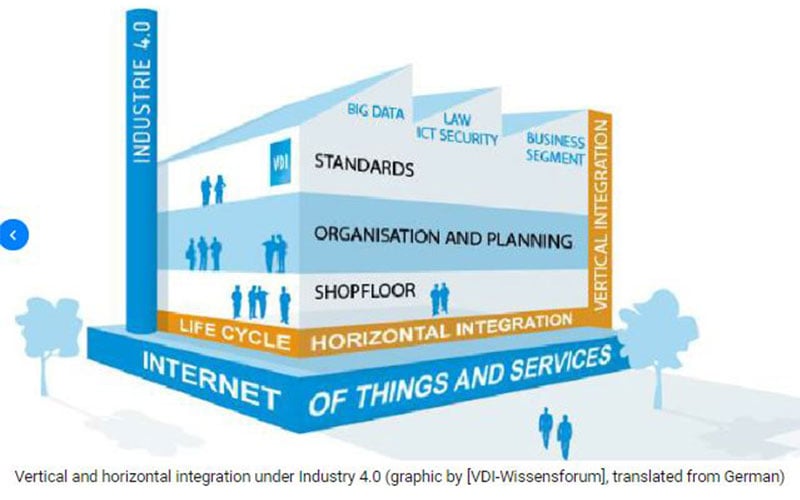The essential guide to Six Sigma DMAIC: Phase 5 (of 5) - Control
SAGE Automation, Published: January 11, 2018 - Updated: April 22, 2019 (4 min read)
So far our Six Sigma DMAIC blog series has outlined the first four phases: Define, Measure, Analyse and Improve.
By now you should have clearly identified the process that needs improving, collected the data, analysed it to come up with the root causes for the problem, and identified a viable solution through pilot testing.
The Control phase is where you finally implement the solution!
But it’s not without its challenges. Often described as the tedious, unexciting stage, Control is about making sure the systems are in place, so the changes will be adopted by staff and the organisation as a whole.
Need a quick Six Sigma refresher? Read our Introduction to Six Sigma.
About ‘Control’
The Control phase ensures the solution is properly implemented, documented, measured and maintained.
“It's the stage where you embed the new practice within the organisation,” University of South Australia’s Lean Six Sigma lecturer and consultant Dr Neil Davison explains.
“You can't just say, ‘Here’s the change, do it from now on.’ You need to provide the infrastructure that enables staff to do it.”
Control: Key steps
The Control phase involves: implementing the actual changes, whether they be physical, behavioural or both; rewriting procedures and work instructions; retraining staff on new procedures; putting systems in place to measure and monitor the new process, such as control charts; and writing an action plan.
1. Measurement planning
Before you implement any changes, make sure you have the right measurement system in place.
Some questions to ask when implementing a measurement system include:
- How will you measure the performance of the new process?
- How will you know that the quality defect rate is improving?
- How reliable is this data?
- Will you need to build in data collection methods in the process?
- Will you need to train staff on this, or will it be automated?
2. Tools for controlling and measuring success
Control charts are the most widely used tool in this phase. They monitor process control and stability, and can also perform analysis. Control charts help identify causes for variation in the new process, and help identify responsive actions that need to be carried out before there are too many defects.
3. Action plan
Write an action plan on how to deal with deviations. For example, what will you do if staff encounter problems in implementation? If the solution relies on behavioural change, how will you facilitate that? How can managers ensure their staff perform new tasks? The success of the entire Six Sigma program relies on their uptake of the new behaviours!
4. Timeframe
This phase is also time-bound. Define an end-point where the solution should be handed over from the project team to the operating team who run the process.
By the end of Control, you should have implemented a process improvement that is now ‘business as usual’.
People involved in Control
The final stage of DMAIC requires input from the Six Sigma project team and the staff who will be involved in performing the new process. The production team leaders and managers will also need to be involved, and may require training on certain data methods, so they can monitor the process going forward.
Summary
People find the Control phase tedious, but if you don’t get it right, it won't stick.” – Dr Neil Davidson
Control is about finishing the final 10 per cent. If the changes aren’t implemented correctly, and if they’re not accurately measured, then the entire DMAIC process has failed.
The DMAIC process should end with having delivered a process improvement that is returning savings to the business.
Importantly, your data measurement systems should be ingrained in the day-to-day process, ensuring operational improvements can be monitored and continuously improved.
Measuring your data is the best way to understand what your business needs. To enable our client Castrol to spend more time on their own operational improvement, which included increasing production, our SAGE Service team took over their machine maintenance. It helped them to drastically reduce their downtime and spend more time on the bigger picture.
When a machine stops, it can quickly escalate to calling in external help – sometimes unnecessarily. The Breakdown Checklist is designed to get you back online faster. It will get your team thinking about what caused the breakdown and assess the need for external advice. Download the free downtime checklist here.
SAGE Automation delivers agile, scalable and secure solutions that don’t just solve current problems, they preempt and deter future ones, helping your organisation thrive. With years of experience working in defence, infrastructure, resources, utilities and manufacturing we have the expertise you need to custom-build or perform manufacturing maintenance on your equipment for maximum ROI.









